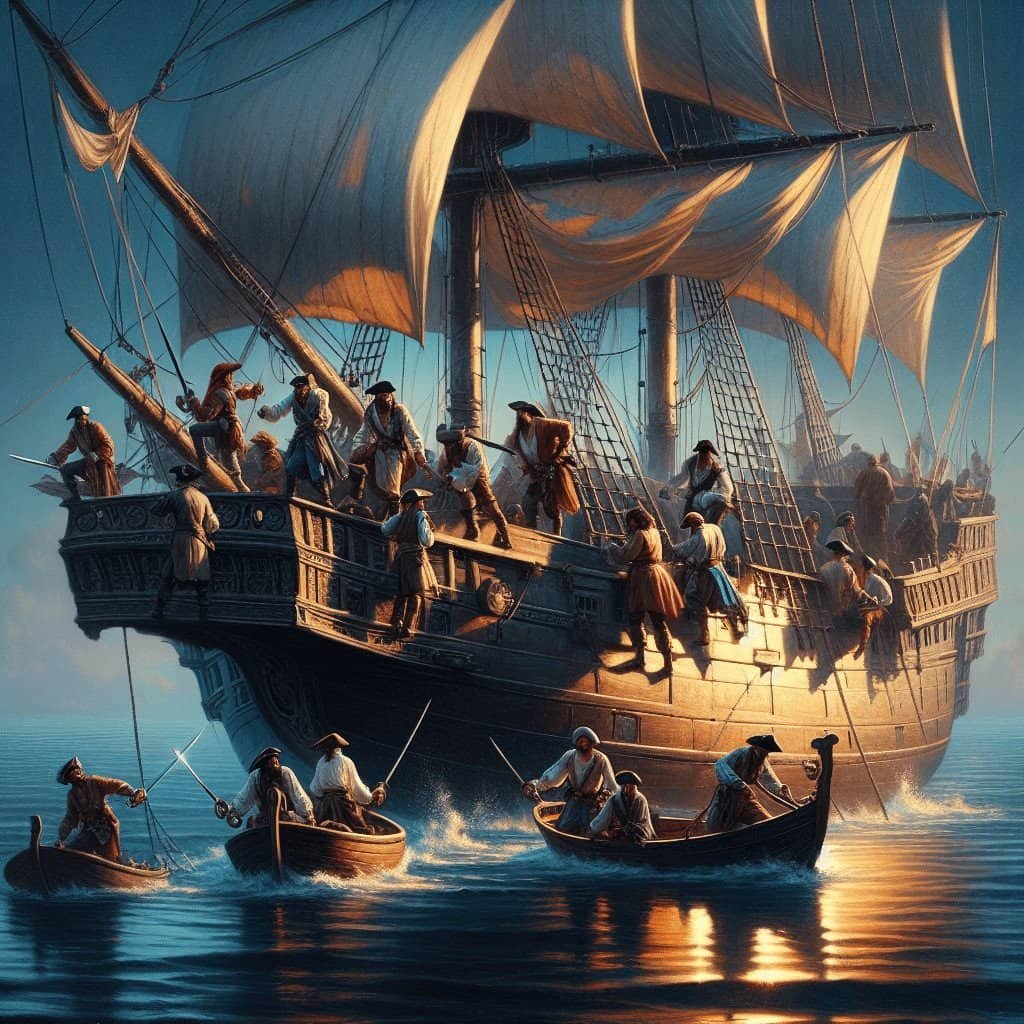Exploring the Maritime Life of Pirates: Duration at Sea
Introduction
The romanticized image of pirates as swashbuckling adventurers dominating the high seas has captivated the imagination of many. However, the reality of pirate life was complex and dictated by numerous factors, including geography, the era in which they sailed, and the specific goals of their expeditions. One of the most intriguing aspects of pirate life is the amount of time they spent at sea. This article delves into the factors that influenced their time on the ocean and provides insights into the daily life of these maritime outlaws.
Factors Influencing Time Spent at Sea
Several key factors determined the duration pirates spent on their ships, ranging from the logistical needs of their crew to the strategic objectives of their voyages.
- Provisions and Supplies: The availability of food, water, and other necessities was a primary concern. Pirates often had to balance longer voyages to reach lucrative targets with the need to resupply frequently to maintain crew health.
- Weather and Ocean Conditions: Seasonal changes and weather patterns significantly affected pirates’ ability to stay at sea. Hurri
canes, monsoons, and rough seas could force them to seek shelter for extended periods.
- Ship Condition: The maintenance and type of ship also played a crucial role. Frequent repairs and care were necessary to keep the ship seaworthy, impacting time spent docked versus at sea.
- Geographical Targets: The location of targets influenced sea time. Pirates operating in vast areas like the Caribbean or the Indian Ocean might spend weeks or even months at sea, while those near coastal areas might return to land more frequently.
Case Studies: Notable Pirates and Their Sea Time
Examining specific pirates and their expeditions can provide a clearer picture of how long pirates typically spent at sea.
- Blackbeard (Edward Teach): Known for his fearsome image, Blackbeard’s 1717-1718 blockade of Charleston, South Carolina, is a notable example. He spent several months at sea before this event, using the isolated Ocracoke Island as his base between raids.
- Bartholomew Roberts: One of the most successful pirates, Roberts reportedly captured over 400 ships. His pirate career from 1719 to 1722 involved extended periods at sea, often spanning several months as he traveled across the Atlantic and along the African coast.
Life at Sea: Daily Routines and Challenges
The daily life of pirates while at sea was far from the glamorous portrayal seen in popular media. It involved rigorous discipline, constant vigilance, and a democratic but harsh shipboard culture.
- Ship Maintenance: Daily tasks included cleaning the deck, maintaining sails and ropes, and ensuring the ship remained in good condition to avoid disasters.
- Navigational Duties: Navigating the vast oceans required skill and constant attention, with lookouts always searching for potential prizes or threats.
- Entertainment and Morale: To combat the monotony and harsh conditions, pirates engaged in singing, gambling, and drinking, crucial for keeping morale high.
Conclusion: The Complex Reality of Pirate Voyages
The time pirates spent at sea varied widely based on numerous factors. While some pirates might have spent weeks or even months continuously at sea, others had relatively shorter sea stints interspersed with frequent stops along coasts and islands. The life of a pirate was dictated by the necessity of survival, the pursuit of wealth, and the relentless ocean that was both a highway and a battleground. Understanding these dynamics sheds light on the challenging and often brutal reality of pirate life, far removed from its romanticized image.
